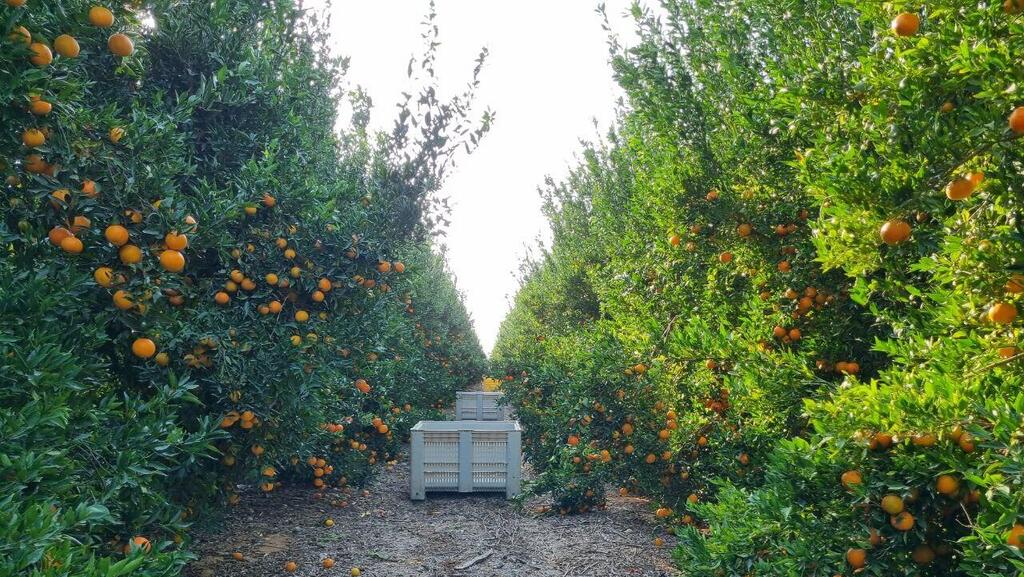In the face of growing global demand for food and dwindling natural resources, artificial intelligence is rapidly becoming a game changer in the agricultural sector. “We need to produce more food for more people in a situation where we have eroded resources in our soil and water,” said Prof. Yoram Kapulnik, executive director of BARD, the U.S.-Israel Binational Agricultural Research and Development Fund. “AI has gone from being an experimental tool to an essential, integrated system.”
That shift, he noted, began just before the COVID-19 pandemic. As the urgency of climate change and food insecurity intensified, the agricultural sector embraced AI as a solution for increasing efficiency and maximizing output without exhausting the land.
The AI revolution reaches agriculture
(Video: Lior Sharon)
At the core of the transformation is what’s known as precision agriculture—the use of AI to make farming decisions based on high-resolution data from satellite imagery, soil sensors and weather forecasts. Instead of applying water or fertilizer uniformly across a field, farmers can now tailor their actions based on real-time insights, improving both yield and sustainability.
“We have a lot of data and we need to compile it in order to decide when to plant, how much to irrigate, when to harvest,” Prof. Kapulnik explained. “Farms that use AI technology reduce their water consumption and usually boost their yield up to 30 percent. This is very dramatic without changing anything, just doing it accurately and correctly.”
In the United States, currently a leader in AI adaptation for agriculture, automated systems are already helping with labor shortages by driving autonomous vehicles through fields. AI also enables machines to distinguish between crops and weeds using computer vision and deep learning, reducing the need for herbicides and improving environmental outcomes.
As the AI revolution grows, BARD plays a critical role in supporting the next generation of agricultural technology. The organization funds innovative research partnerships between American and Israeli scientists. Over the years, these collaborations have developed systems to monitor pests, pathogens and soil nutrition—vital tools for farmers, though not always easy to use without expert interpretation.
Now, AI is closing that gap by turning data into decisions. What was once a static snapshot—mapping out problems and variables—has become a dynamic system capable of simulating different scenarios in real time. One of the most promising developments in this area is the concept of “digital twins.”
Get the Ynetnews app on your smartphone: Google Play: https://bit.ly/4eJ37pE | Apple App Store: https://bit.ly/3ZL7iNv
“A digital twin is like a virtual replica of a physical system, like a plant, like a field,” said Kapulnik. “Instead of looking at a map, the farmer sees a live, moving model of their field, updated continuously with real-time data.”
He likens it to the shift from paper road maps to GPS navigation apps like Waze. “With digital twins, farmers can ask ‘what if’—what if I irrigate less tomorrow, or change the fertilizer composition? They can simulate those choices and predict their outcomes before taking action.”
BARD recently launched a digital twin workshop to bring this innovation directly to farmers and industry leaders. Major tech players, including Nvidia, are involved. “AI is now the foundation,” said Kapulnik. “But this next step—building on that foundation with real-time modeling—is going to define the future of agriculture.”
With its concentration of startups and cutting-edge IT infrastructure, Israel is poised to lead that future. “We have the talent, the innovation and the urgency,” Kapulnik said. “And we’re ready to contribute in a meaningful way to the next step of the AI revolution in agriculture.”





